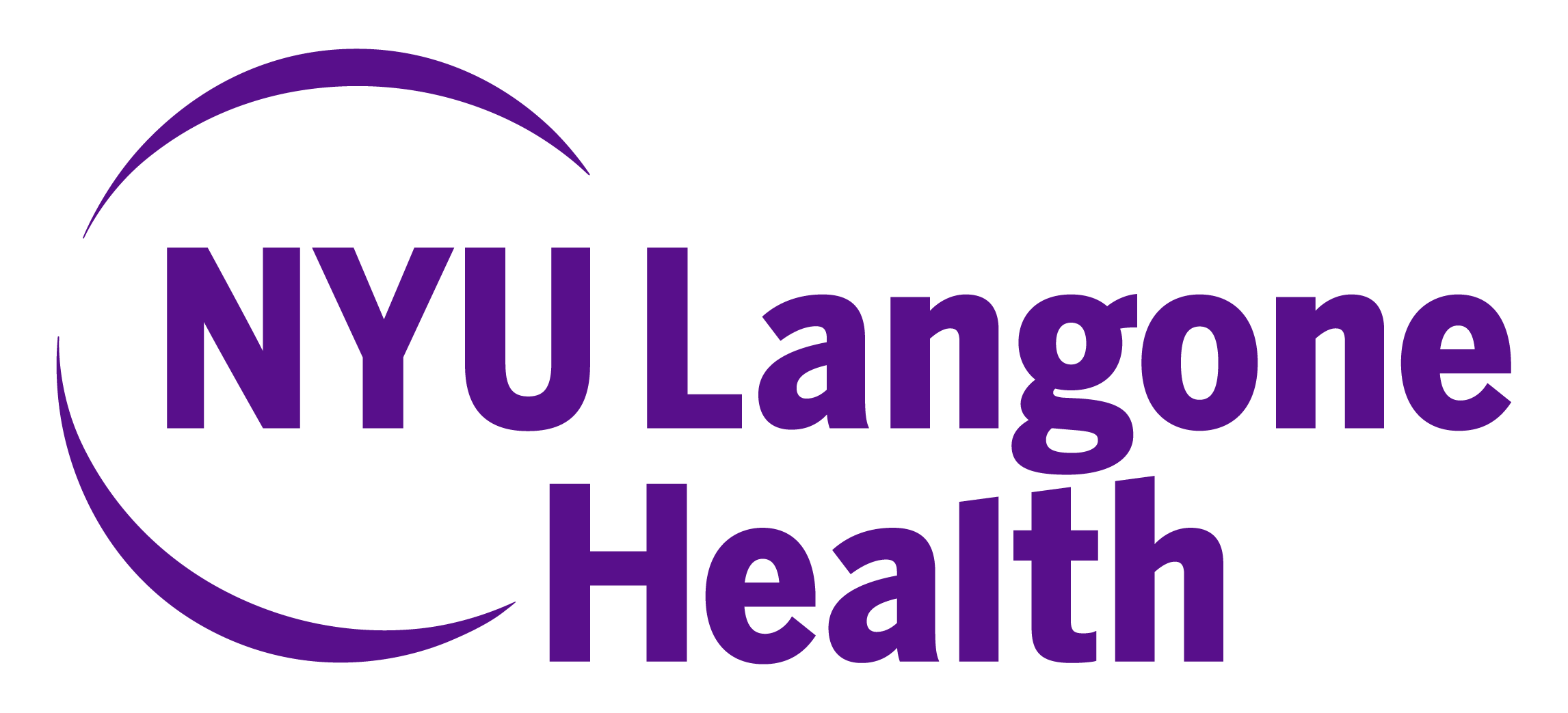- Advertise
- About OncLive
- Editorial Board
- MJH Life Sciences brands
- Contact Us
- Privacy
- Terms & Conditions
- Do Not Sell My Information
2 Clarke Drive
Suite 100
Cranbury, NJ 08512
© 2025 MJH Life Sciences™ and OncLive - Clinical Oncology News, Cancer Expert Insights. All rights reserved.
Dr Pothuri on Treating Patients With Ovarian Cancer
Bhavana Pothuri, MD, discusses treatment considerations for patients in tough-to-treat subgroups of ovarian cancer based on currently available data.
Bhavana Pothuri, MD, gynecologic oncologist, professor, Department of Obstetrics and Gynecology, New York University (NYU) School of Medicine, director, gynecologic oncology clinical trials, NYU Langone Health, discusses treatment considerations for patients in tough-to-treat subgroups of ovarian cancer based on currently available data.
In an OncLive® State of the Science Summit™, Pothuri and colleagues from NYU Langone Health each gave presentations on topics spanning gynecologic cancer care. At the event, the presenters discussed the utilization of PARP inhibitors in the frontline setting, Pothuri begins, highlighting that one of the key discussion topics was how to introduce a PARP inhibitor in patients with ovarian cancer who have already begun treatment with bevacizumab.
Current literature in the ovarian cancer field includes the randomized, double-blind, phase 3 PAOLA-1 trial (NCT02477644), which evaluated the use of olaparib (Lynparza) in combination with bevacizumab as first-line maintenance therapy for ovarian cancer. Datagleaned from this study support the continuation of bevacizumab plus olaparib in the first-line maintenance setting, she imparts. Notably, this regimen is approved by the FDAfor patients with homologous recombination–deficient disease.
Pothuri says another takeaway from the event was a discussion regarding the treatment of patients who are BRCA mutation carriers, and how to utilize the currently available data in this patient population. Treatment options for this patient subgroup include olaparib, as well as niraparib (Zejula), as demonstrated by data from the phase 3 SOLO1(NCT01844986) and PRIMA (NCT02655016) trials, respectively, Pothuri expands. The overall survival data associated with olaparib in SOLO1 have provided oncologists with reassurance regarding the use of this agent, and the long-term progression-free survival (PFS) data seen with niraparib in the PRIMA trial have remained consistent with the previously reported PFS benefits.
Patients with ovarian cancer who fall into the homologous recombination–proficient group do not have as many treatment options, although niraparib is approved as frontline maintenance therapy for patients with advanced ovarian cancer who have responded to platinum-based chemotherapy, regardless of biomarker status, she concludes.


